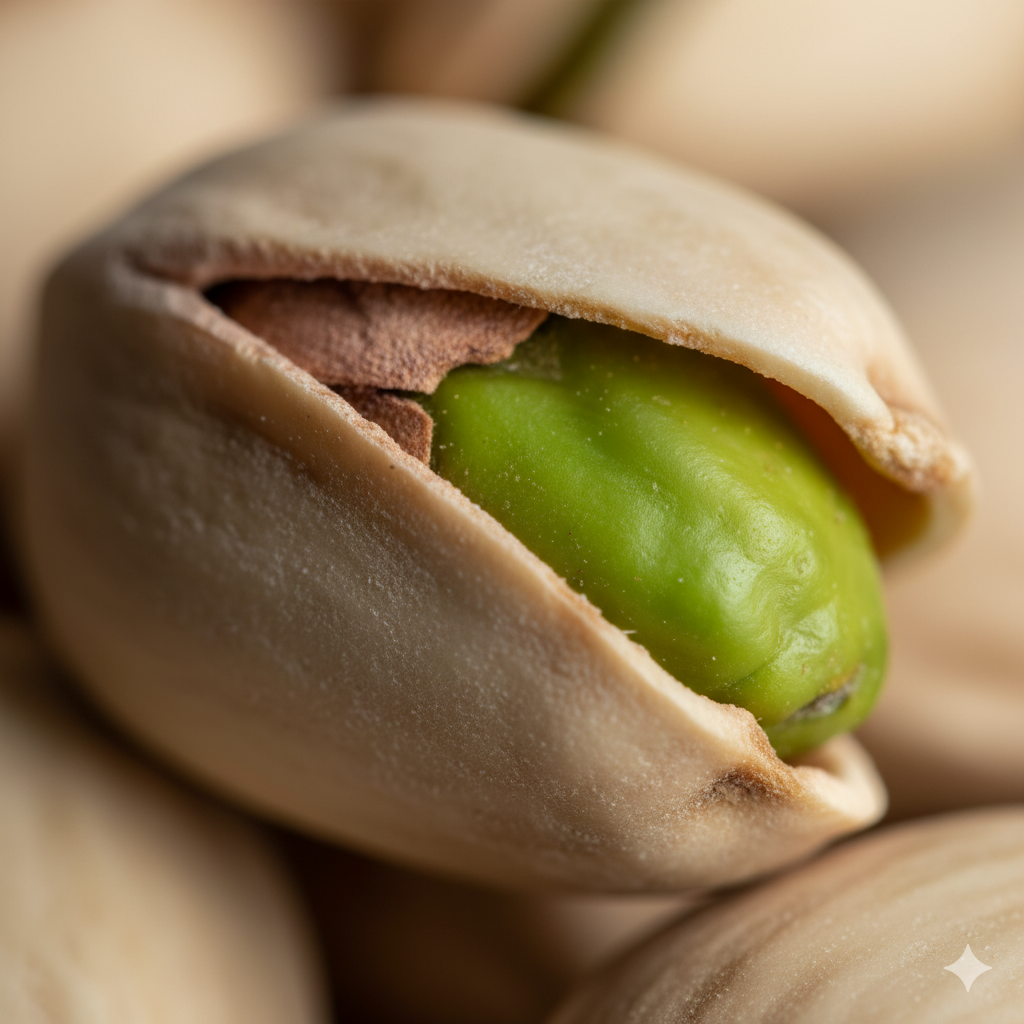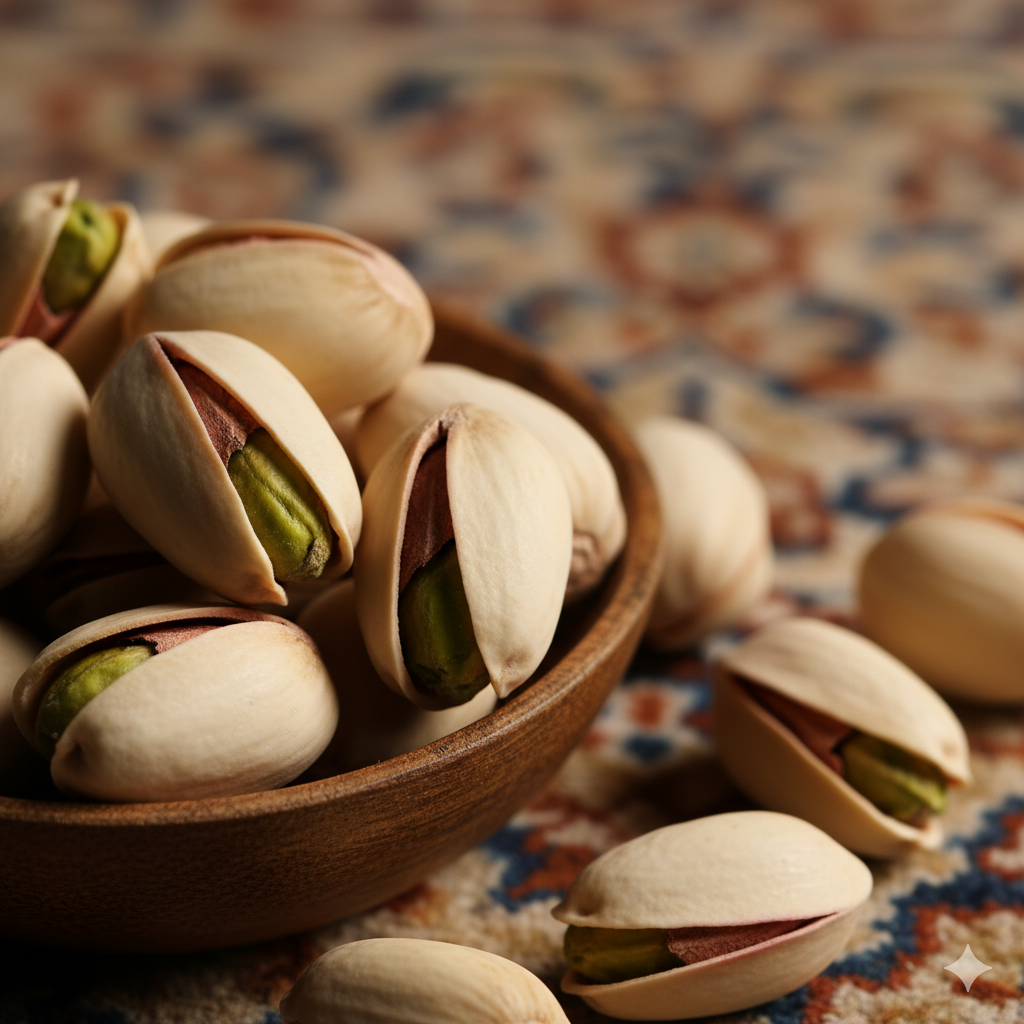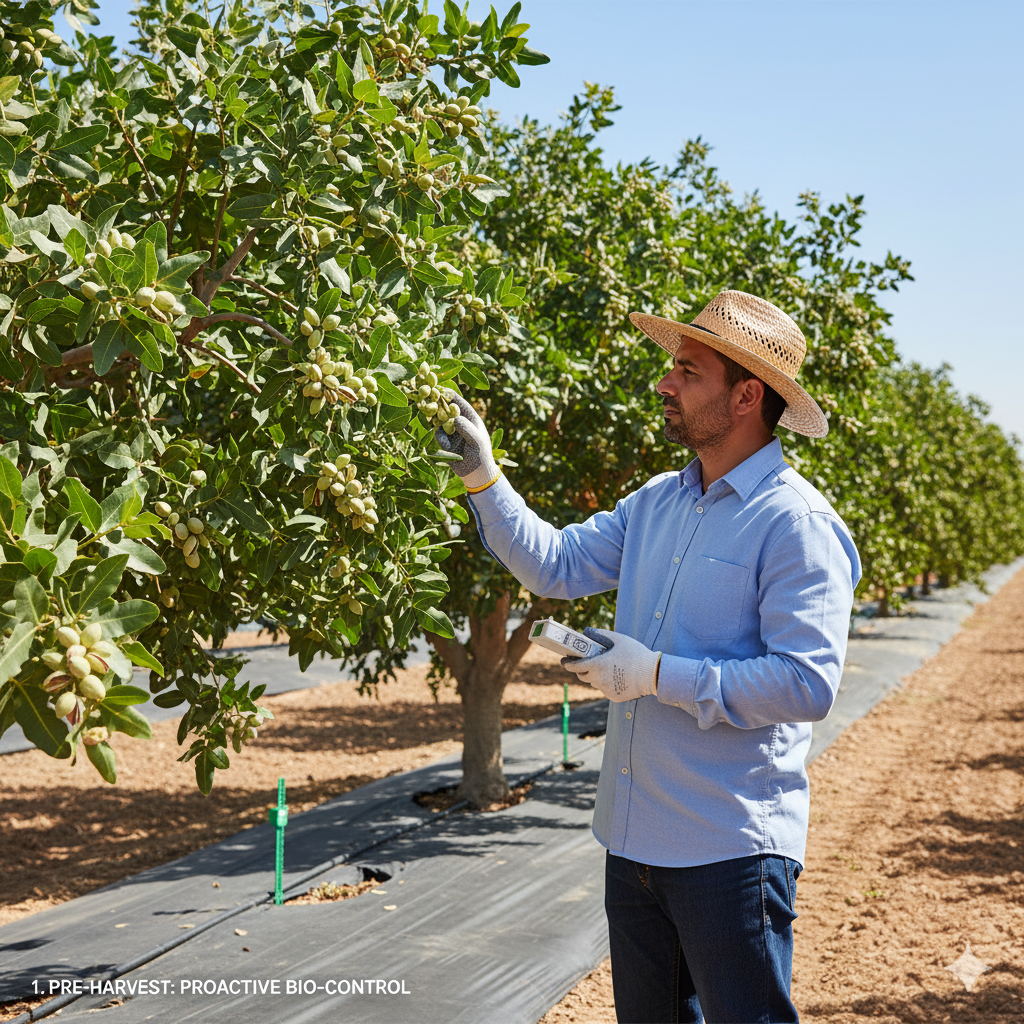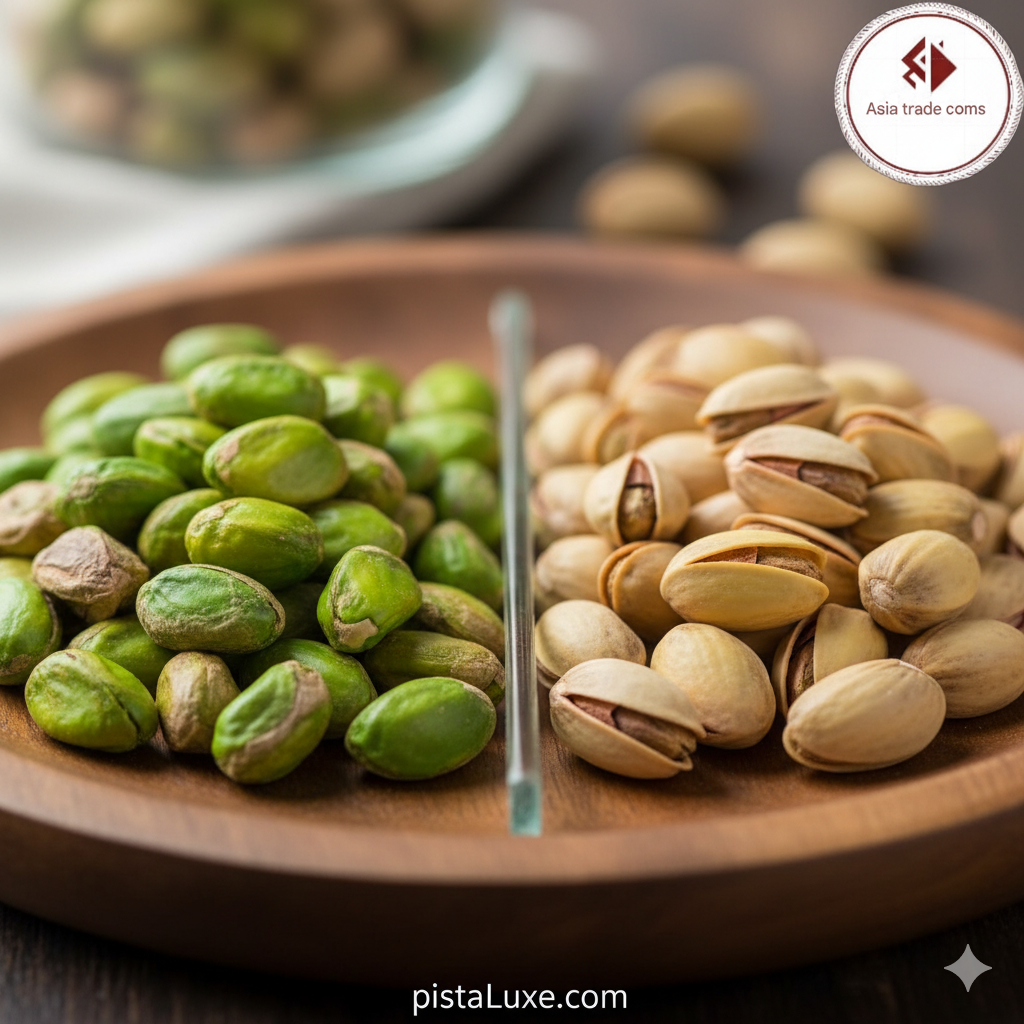
Introduction
The modern agricultural commodity market demands more than just superior product quality; it requires sophisticated market positioning, robust branding, and impeccable logistical compliance. For pistachio producers aiming for sustainable profitability in international trade, shifting focus from volume metrics to value-added strategies is imperative. This article details a roadmap for leveraging qualitative advantages through targeted marketing, dynamic pricing, and adherence to stringent global regulatory frameworks.
Section 1: Market Analysis and Target Customer Identification
Success in export markets hinges on accurately mapping consumer segments against regional supply capabilities and quality expectations.
Review of Key Export Markets and Consumer Preferences
Major destinations present nuanced demands:
- European Union (EU): Highly sensitive to strict food safety regulations (e.g., mandatory Aflatoxin maximum limits of $2.0 \mu\text{g}/\text{kg}$ for ready-to-eat nuts). Consumers value organic certification, traceability, and distinct flavor profiles. They are willing to pay a premium for certified, low-residue products.
- China: Driven by volume but increasingly receptive to premiumization. Preferences lean towards larger kernel sizes and vibrant color. Short, reliable supply chains are valued due to high consumer turnover.
- Middle East (Gulf Cooperation Council – GCC): Often emphasizes traditional use, favoring specific varieties known for rich flavor. Pricing sensitivity exists, but loyalty to reliable, high-quality sources remains strong.
Market Segmentation (Direct Consumption, Food Industry, Confectionery)
Effective marketing requires tailored product presentations:
- Direct Consumption (Retail/Bulk): Requires whole, visually appealing nuts (Grade A/AA) with excellent shell opening. Branding focused on snacking health benefits is effective.
- Food Industry (Baking/Savory): Tolerates slightly lower aesthetic grades but demands consistency in moisture content and minimal shell fragments. Buyers require bulk packaging and strict lot traceability.
- Confectionery/Artisanal Ice Cream: Requires the highest quality green kernel ($>80%$ deep green coloration), often sourced as in-shell or shelled kernel. Flavor intensity and low fungal load are non-negotiable.
Comparative Analysis with Competitors (US and Turkish Pistachios)
Producers must strategically position their offerings against established competitors:
- US (California): Known for extreme consistency, large volume, and mechanical efficiency, often leading to lower per-unit cost in commodity grades.
- Turkey (Antep): Recognized for unique, intense flavor profiles, often commanding a premium in specialty European markets.
Positioning Strategy: Producers should pivot away from direct cost competition. If quality metrics (e.g., deeper green color, distinct varietal flavor) are superior, position as a Specialty/Artisanal Alternative. If scale permits, focus on efficiency gains to compete in the mid-range, ensuring strict quality controls negate perceived logistical risks.
Section 2: Branding and Value Creation
A strong brand translates volatile commodity pricing into stable revenue streams by attaching intrinsic, non-fungible value to the product.
The Necessity of Attractive, Informative, and Globally Compliant Packaging
Packaging serves as the first point of sale and the last line of defense against contamination.
- Information Density: Packaging must clearly state origin, harvest date, moisture content, and, critically, the absence of specific prohibited pesticides or contaminants (e.g., compliance with EU Directive 2006/333/EC regarding mycotoxins).
- Material Science: Inert, high-barrier films (e.g., metallized polyethylene) are essential for preventing oxidation, moisture ingress, and light-induced color degradation during long sea voyages. Nitrogen flushing prior to sealing is recommended for bulk kernels destined for extended storage.
- Aesthetics: For retail markets, utilize packaging that highlights the natural beauty of the product, often employing transparent windows combined with premium matte finishes to convey quality.
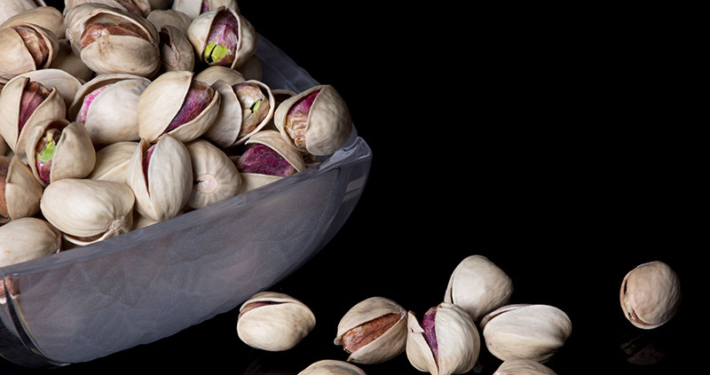
Highlighting the Qualitative Advantages of Iranian Pistachios
The unique terroir of primary production regions offers distinct advantages that must be quantified and marketed:
- Flavor Profile: Market specific varietals (e.g., Kalleh Ghouchi, Fandoghi) based on their inherent oil content and aromatic compounds, positioning them against the often milder flavors of competitors.
- Color and Kernel Size: Detailed grading metrics that emphasize the percentage of high-grade green kernels (% of Chromaticity Index) should be standardized for buyers accustomed to visual assessment.
Developing a Compelling Brand Story Focused on Authenticity and Legacy
Modern consumers seek provenance. The brand story should bridge the gap between the ancient agricultural heritage and cutting-edge production technology.
Story Elements: Focus on the dedication of multi-generational farming families, the unique microclimate contribution, and the application of sustainable water conservation methods. This narrative justifies a price premium by linking the product to heritage and ethical sourcing.
Section 3: Sales Channels and Pricing Strategy
Maximizing profitability requires diversification across sales platforms and the adoption of sophisticated pricing models.
Leveraging B2B Platforms and Participating in International Trade Shows
Direct engagement minimizes reliance on intermediaries:
- Digital Trade Platforms: Utilizing Alibaba (for volume leads) and specialized Agri-Trade B2B portals to list certified, transparently priced lots. High-resolution, verified images and laboratory certificates must accompany every listing.
- Trade Shows: Participation in key events (e.g., SIAL Paris, Gulfood Dubai) is crucial for establishing trust. Face-to-face negotiation allows producers to better convey quality attributes that static online listings fail to capture.
Digital Marketing and Specialized Content Creation
Targeting procurement managers and specialized food buyers requires technical content:
- White Papers and Webinars: Hosting digital sessions detailing compliance procedures, advanced pest management protocols (showing commitment to low chemical use), and comparative nutritional analyses.
- SEO Integration: Ensuring online presence is optimized for technical search terms used by professional buyers (e.g., “HACCP certified raw pistachio kernels”).
Advanced Pricing Techniques Based on Quality, Order Volume, and Market Dynamics
Commodity pricing must evolve into tiered value pricing.
- Quality-Based Tiering: Establish clear price differentiation between grades (e.g., AA, A, B). Price premiums should escalate exponentially for certifications (Organic, Fair Trade premium).
- Volume Discounting: Standardized tiered pricing structure that offers predictable discounts for orders exceeding standard 20-foot equivalent units (TEU).
- Forward Contracts: Utilizing futures contracts or locking in pricing mechanisms based on pre-season projections to mitigate volatility risks for both producer and buyer. A common formula might look like
Section 4: Logistics and International Compliance
The financial viability of the export operation collapses without meticulous attention to regulatory hurdles and supply chain integrity.
The Importance of International Certifications (ISO, HACCP, Phytosanitary Certificates)
Compliance is the gatekeeper to premium markets.
- HACCP (Hazard Analysis and Critical Control Points): Essential for demonstrating a proactive system for controlling biological, chemical, and physical hazards throughout processing and storage. This is non-negotiable for the EU and North American markets.
- ISO 22000/FSSC 22000: Higher-level standards demonstrating comprehensive food safety management systems, often required by large multinational buyers.
- Phytosanitary Certificates: Mandatory documentation issued by governmental agencies confirming that the shipment is free from quarantine pests, verified through rigorous pre-shipment inspection.
Managing the Cold Chain and Optimizing Sea and Air Freight Logistics
While pistachios are typically shelf-stable, temperature control during transit prevents color loss and premature rancidity.
- Container Selection: Utilizing modern refrigerated (Reefer) containers, even for non-frozen products, can stabilize temperature fluctuations common in tropical transshipment hubs. Maintaining interior container temperatures below $20^\circ\text{C}$ is highly recommended for high-value kernel shipments.
- Transit Time Optimization: Air freight is justifiable for urgent, small, ultra-premium kernel orders where speed guarantees superior quality retention. For bulk shipments, optimizing sea routes to minimize intermediate port dwell times reduces exposure to heat stress.
- Load Integrity: Proper dunnage and secure palletization are critical to prevent mechanical damage during loading/unloading, which compromises shell integrity and invites contamination.
To order or get advice on pistachio and dried fruit varieties, contact our team via our official WhatsApp. Our support team is ready to answer your questions and can help you choose the right pistachio and dried fruit. WhatsApp number 009890214773705


